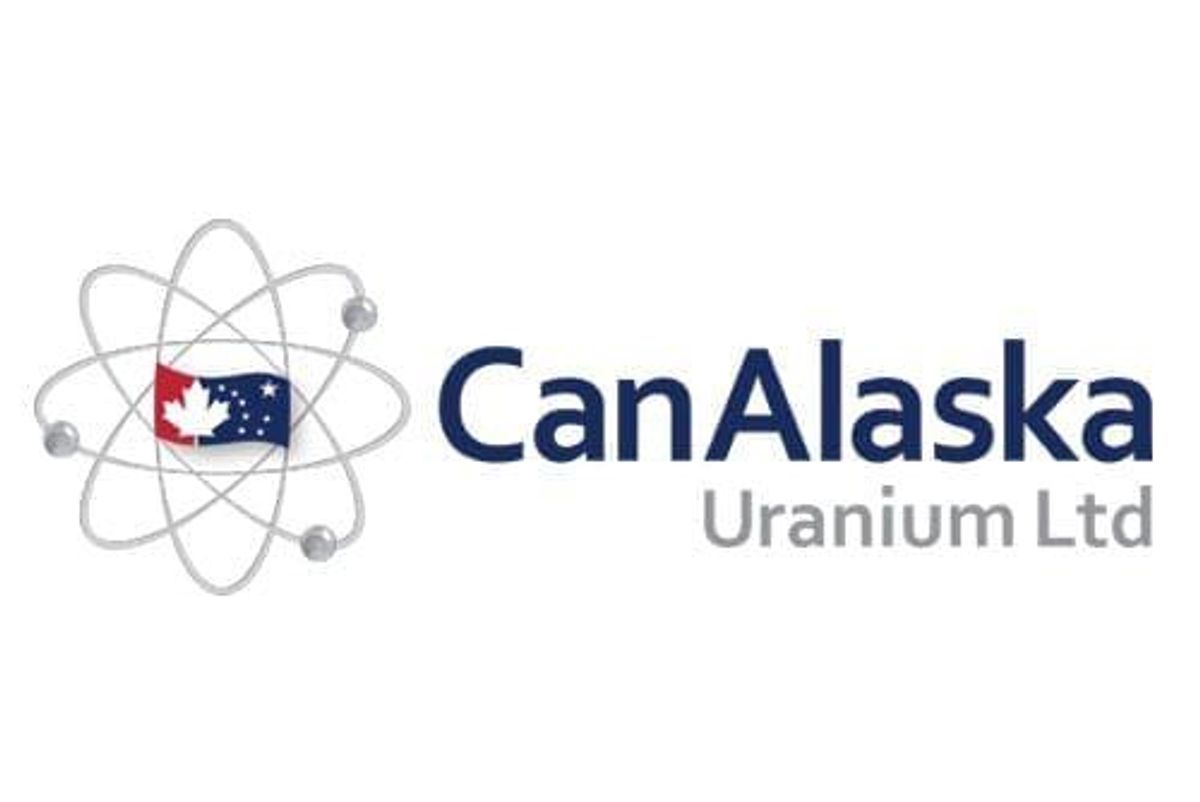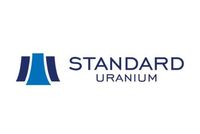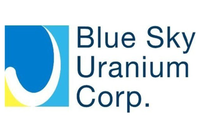
The company drilled four holes which showed semi-massive and massive sulphide mineralization.
Canadian energy developer CanAlaska Uranium (TSXV:CVV,OTCQB:CVVUF,FWB:DH7N) has announced the successful completion of drilling at the company’s Manibridge site located in Manitoba.
The company drilled four holes which showed semi-massive and massive sulphide mineralization with associated wider zones of disseminated sulphides near existing mineralization.
As quoted from the press release:
The four hole, 1,000 metre drill program successfully intercepted a broad fold structure, 2.5 kilometres north of the past producing high-grade Manibridge nickel mine. Nickel mineralization was intersected in all holes. In each case a zone of massive sulphides, 0.5 to 4 metres long in drill holes, is hosted by a broad zone of disseminated sulphide mineralization (8 to 14 metres in length).
Portable XRF analyses of the core shows that nickel is present both in the massive and in the disseminated sulphide mineralization. Two of the best historical intersections from this area were 12.1 metres of 1.46% Ni in hole W50-130 and 2.6 metres of 3.05% Ni in hole W50-124.
The drilling highlighted mineralization in the fold, and further mineralized intersections subparallel to known mineralization. Multiple sulphide mineralized intersections were reported for all drill holes, with the key horizons intercepted as follows:
MNB19-01: Starting at 102.5 metres depth, 4 metres of massive sulphide mineralization with 8 metres of disseminated sulphide mineralization above and below the massive sulphide intersection.
MNB19-02: Starting at 81.5 metres depth, 1.5 metres of massive sulphide mineralization in a 12 metres zone of disseminated sulphide mineralization, with a second 4.5 metres zone of disseminated sulphide mineralization above this intersection.
MNB19-03: Starting at 115.4 metres depth, 2 metres of massive sulphide mineralization in a 14 metres zone of disseminated sulphide mineralization.
MNB19-04: Starting at 42 metres depth, 0.5 metres of massive sulphide mineralization in a 10 metre zone of disseminated sulphide mineralization, with a further 3.5 metres massive sulphide mineralization at 92.5 to 96 metres. This hole targeted a strong EM conductor. The sulphides intersected do not appear to explain the EM conductor. Disseminated sulphides near the end of the drill hole can be interpreted as the start of a second massive sulphide-bearing zone that together with the first zone of massive sulphides would explain the EM conductor.





